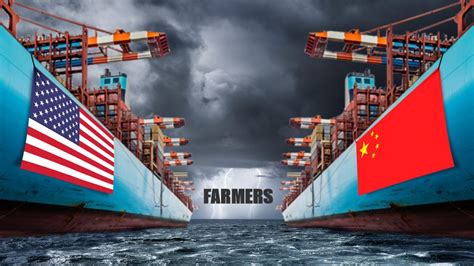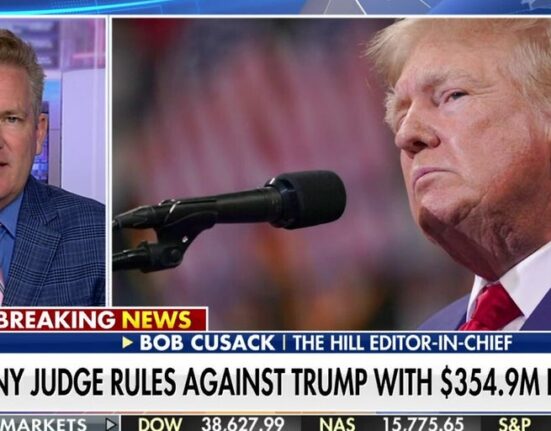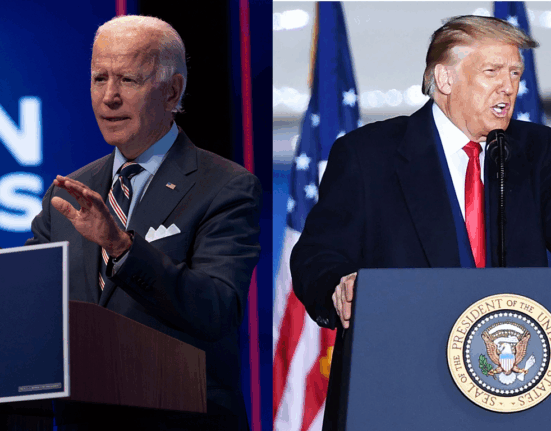As the sun rose over the vast fields of Worthington, Minnesota, American farmer Greg Porth embarked on yet another day of tending to his soybeans. Little did he know that beyond the serene landscape lay a storm brewing in international trade that would soon threaten his very livelihood.
In recent years, U.S. President Donald Trump’s aggressive trade policies have triggered a chain reaction of retaliatory measures from global trading partners. The agricultural sector, a cornerstone of America’s economy, finds itself perilously positioned at the frontline of this escalating trade war.
“This practice of the US is not in line with international trade rules…”
On April 2nd, Trump unleashed a wave of tariffs unseen in generations, targeting over 180 nations with rates ranging from 10% to a staggering 50%. The heartland fears were quickly realized when China bore the brunt with an additional 34% tariff—a move set to devastate American farmers heavily reliant on exporting goods to Beijing.
“Increased tariffs threaten the economic sustainability of farmers…”
Joseph Glauber, an esteemed economist formerly with the USDA and now at the International Food Policy Research Institute, highlighted the imminent threat facing American agriculture. He pondered how major markets such as China would retaliate against these punitive tariffs and what it meant for U.S. farmers who found themselves unwitting pawns in this high-stakes game.
As tensions mounted and tit-for-tat measures unfolded between nations like dominoes falling in slow motion, fears materialized into reality. Beijing mirrored Washington’s actions by slapping identical tariffs on all imports from America—a move described as “unilateral bullying” by Chinese officials.
“One thing is certain: American family farmers…will bear the brunt…”
The echoes reverberated through farmhouses across America as organizations like the National Farmers Union and American Farm Bureau Federation sounded alarms about the impending doom facing their members. Rob Larew lamented that family farmers faced an existential crisis due to these escalating hostilities initiated by politicians far removed from their daily struggles.
Christopher Wolf from Cornell University aptly summarized farmers’ predicament amidst this chaos – uncertainty loomed large over future investments and decisions vital for sustenance and growth. The once dependable rhythms of planting seasons had been disrupted by waves emanating from distant political chambers.
“They don’t have time…we’ve got to be crisp on this implementation.”
While Trump sought to reassure farmers about short-term adjustments postulating that there might be some initial pain before gains materialize, senators like Thom Tillis voiced stark warnings about irreversible damage looming over agricultural communities one harvest away from bankruptcy.
News trickled out suggesting emergency aid packages being mulled over in Washington—an attempt to bandage wounds inflicted by erratic policy decisions—but experts cautioned that even financial band-aids couldn’t heal deep-seated scars left by lost markets and shattered trust among global buyers.
With Brazil gaining ground in soybean sales previously dominated by U.S. exports during earlier skirmishes led by Trump—farmers faced daunting prospects of losing significant market share permanently if allies turned away towards alternative sources even after peace returned to trading floors globally.
Through furrowed brows and sleepless nights spent fretting over futures tied inexorably to unpredictable geopolitical winds swirling around Capitol Hill—American farmers stood resilient but weary under gathering storm clouds threatening more than just crops but entire ways of life rooted deeply in soil they tilled for generations.









Leave feedback about this